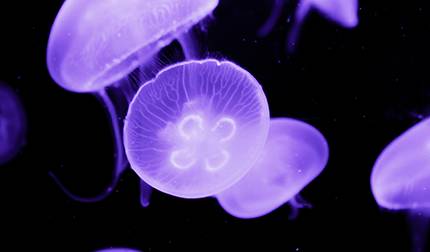The CNIPA invalidated 33 trademarks owned by fast-food chain Real Kung Fu
The CNIPA found that the trademarks were deceptive in violation of Article 10(1)(7) of the Trademark Law
It is alarming that the CNIPA expanded the application of the deceptiveness ground without clear and consistent standards
Background
In 2019 the daughter of legendary movie star and martial artist Bruce Lee sued a Chinese fast-food chain, Real Kung Fu, for using Bruce Lee's image and classic move in its trademarks. She claimed Rmb210 million ($30 million) in civil damages, mainly based on the right of portrait. The case is still pending at first instance, but the recent publication of relevant trademark invalidation decisions brought the dispute back into the spotlight.
CNIPA decisions
In August and September this year, the China National Intellectual Property Administration (CNIPA) invalidated 33 trademarks owned by Real Kung Fu which had been registered for over a decade. All 33 invalidated trademarks incorporated Bruce Lee's image and classic move, as depicted below:
The CNIPA determined that such trademarks were deceptive and would mislead consumers as to the source of the goods and services, which violated Article 10(1)(7) of the Trademark Law (2001 version). This provision states that trademarks that make exaggerated claims and are fraudulent shall be prohibited.
Comment
Real Kung Fu’s trademarks may arguably infringe Bruce Lee’s right of portrait, but they do not seem to exaggerate or be fraudulent as to any characteristics of the goods or services. It is likely that the CNIPA cited the deceptiveness ground because the time limit to challenge the trademarks based on the ‘prior rights’ provision had passed; therefore, it had to rely on Article 10(1)(7), which has no time limit.
The invalidation of the marks and the CNIPA’s firm stand with regard to trademarks seeking to free-ride on the reputation of a legendary celebrity are laudable. Nevertheless, citing the ground of deceptiveness for such purposes is arguably controversial. It seems that the CNIPA stretched the ground of deceptiveness to serve a good cause.
Article 10(1)(7) is designed to deal with trademarks that are deceptive in nature and harm consumer interests; therefore, it prohibits not only trademark registration, but also trademark use. Anyone can bring an invalidation action on this ground, and there is no time limit attached to this provision. In the Trademark Law of 2013, Article 10(1)(7) was further amended to prohibit the use of “a mark which is deceptive, causing the public to be misled over the characteristics, such as quality or place of origin, of commodities”. This made it clearer that the provision was not designed to prevent the infringement of private rights or a likelihood of confusion as to the origin of goods or services. For comparison purposes, when it comes to trademarks that merely infringe private rights, only the rights owner or a concerned party may bring an invalidation action - and this within five years of the registration date. The only exception is that the owner of a well-known trademark may challenge a bad-faith trademark even after the five-year period has expired. These limits are imposed to encourage right owners to take timely actions and ensure the stability of trademarks registered for over five years.
The CNIPA may have referred to an internal rule in the CNIPA Trademark Review and Adjudication Guideline when invalidating Real Kung Fu’s trademarks. Such rule says that Article 10(1)(7) can be cited where a trademark containing a person’s portrait does not meet the criteria of the ‘prior right’ article, but is deceptive. However, the CNIPA seems to have missed the condition that the mark should still be deceptive in nature. Otherwise, it would essentially allow anyone to challenge a mark infringing someone’s right of portrait at any time, thereby lifting the five-year time limit without an actual basis in the Trademark Law.
The CNIPA may have had good intentions in this case, but it is alarming that it expanded the application of the deceptiveness ground without clear and consistent standards. In practice, it has been observed that the CNIPA has been citing the deceptiveness ground more than ever. Once an Article 10(1)(7) citation has been made, it will be a challenge for trademark applicants to overcome it.











